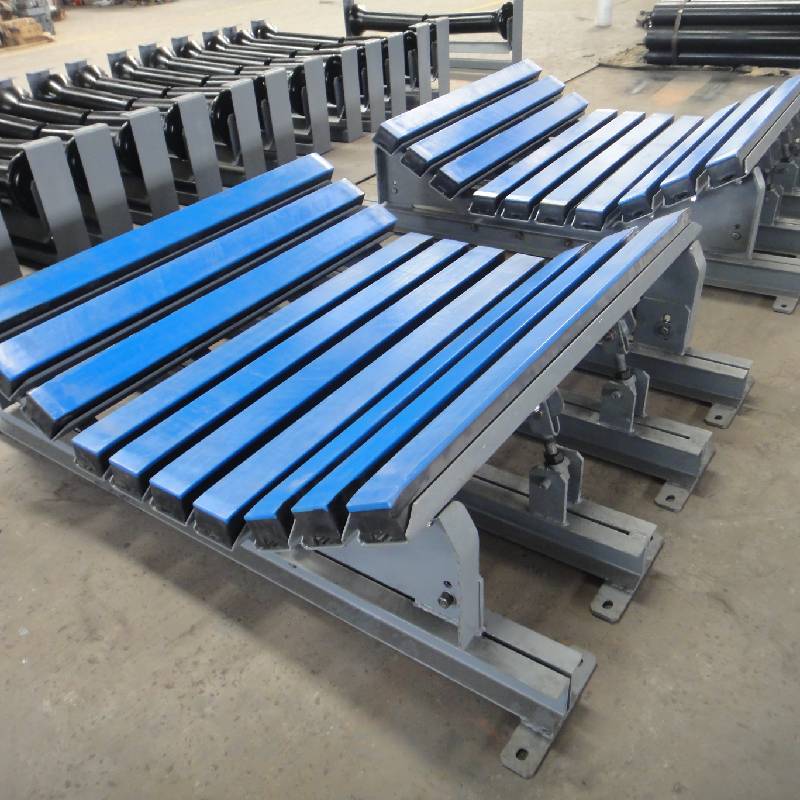 Afrikaans
Afrikaans  Albanian
Albanian  Amharic
Amharic  Arabic
Arabic  Armenian
Armenian  Azerbaijani
Azerbaijani  Basque
Basque  Belarusian
Belarusian  Bengali
Bengali  Bosnian
Bosnian  Bulgarian
Bulgarian  Catalan
Catalan  Cebuano
Cebuano  Corsican
Corsican  Croatian
Croatian  Czech
Czech  Danish
Danish  Dutch
Dutch  English
English  Esperanto
Esperanto  Estonian
Estonian  Finnish
Finnish  French
French  Frisian
Frisian  Galician
Galician  Georgian
Georgian  German
German  Greek
Greek  Gujarati
Gujarati  Haitian Creole
Haitian Creole  hausa
hausa  hawaiian
hawaiian  Hebrew
Hebrew  Hindi
Hindi  Miao
Miao  Hungarian
Hungarian  Icelandic
Icelandic  igbo
igbo  Indonesian
Indonesian  irish
irish  Italian
Italian  Japanese
Japanese  Javanese
Javanese  Kannada
Kannada  kazakh
kazakh  Khmer
Khmer  Rwandese
Rwandese  Korean
Korean  Kurdish
Kurdish  Kyrgyz
Kyrgyz  Lao
Lao  Latin
Latin  Latvian
Latvian  Lithuanian
Lithuanian  Luxembourgish
Luxembourgish  Macedonian
Macedonian  Malgashi
Malgashi  Malay
Malay  Malayalam
Malayalam  Maltese
Maltese  Maori
Maori  Marathi
Marathi  Mongolian
Mongolian  Myanmar
Myanmar  Nepali
Nepali  Norwegian
Norwegian  Norwegian
Norwegian  Occitan
Occitan  Pashto
Pashto  Persian
Persian  Polish
Polish  Portuguese
Portuguese  Punjabi
Punjabi  Romanian
Romanian  Russian
Russian  Samoan
Samoan  Scottish Gaelic
Scottish Gaelic  Serbian
Serbian  Sesotho
Sesotho  Shona
Shona  Sindhi
Sindhi  Sinhala
Sinhala  Slovak
Slovak  Slovenian
Slovenian  Somali
Somali  Spanish
Spanish  Sundanese
Sundanese  Swahili
Swahili  Swedish
Swedish  Tagalog
Tagalog  Tajik
Tajik  Tamil
Tamil  Tatar
Tatar  Telugu
Telugu  Thai
Thai  Turkish
Turkish  Turkmen
Turkmen  Ukrainian
Ukrainian  Urdu
Urdu  Uighur
Uighur  Uzbek
Uzbek  Vietnamese
Vietnamese  Welsh
Welsh  Bantu
Bantu  Yiddish
Yiddish  Yoruba
Yoruba  Zulu
Zulu belt drive pulley types
Understanding Belt Drive Pulley Types A Comprehensive Guide
Belt drive systems are crucial components in various mechanical applications, functioning as a means to transmit power and rotational motion efficiently. At the heart of these systems are pulleys, which play a pivotal role in ensuring effective energy transfer from one component to another. This article aims to explore different types of belt drive pulleys, their characteristics, applications, and advantages.
What Are Belt Drive Pulleys?
Belt drive pulleys are mechanical devices designed to work with belts to transmit motion and power. They are generally comprised of a wheel with a groove designed to accommodate a belt, allowing for the transfer of forces without the necessity for direct contact between the powering source and the driven component. This system is prevalent in various applications, such as automotive engines, conveyor systems, and industrial machinery.
Types of Belt Drive Pulleys
1. Flat Pulleys Flat pulleys are the simplest type of pulleys, featuring a flat surface that supports a flat belt. They are widely used in simple machinery where low torque is required. Flat pulleys are easy to manufacture and maintain, making them a popular choice for basic applications.
2. V-Belt Pulleys V-belt pulleys are designed to work with V-belts, which have a trapezoidal cross-section. This design allows for a more secure grip and higher torque transmission compared to flat belts. V-belt pulleys are common in automotive engines and industrial machines, as they reduce slippage and improve efficiency. They come in various sizes and configurations, including single and double grooves, to suit different power requirements.
3. Timing Belt Pulleys Timing belt pulleys have teeth that engage with the teeth of timing belts, ensuring synchronous motion. This type of pulley is essential in applications where precise timing is critical, such as in automotive timing systems and robotic machinery. The tooth design prevents slippage, allowing for accurate power transmission and synchronization.
4. Sheave Pulleys Sheave pulleys are another type of pulley that accommodates belts with a round cross-section. They are typically used in crane systems, elevators, and other heavy machinery where high loads are involved. Sheave pulleys can be single or multi-sheave, allowing for the adjustment of load distribution and mechanical advantage.
belt drive pulley types

5. Idler Pulleys Idler pulleys are crucial for belt tensioning and guiding. They do not drive any components directly but help maintain the belt's tension and alignment. Idler pulleys are often used in conjunction with other pulley types to ensure smooth operation within the system.
Key Considerations in Choosing Belt Drive Pulleys
When selecting a belt drive pulley, several factors come into play
- Load Capacity Different pulleys have varying load tolerances. It's essential to choose a pulley that can handle the expected load without risk of failure. - Speed Requirements The speed of both the driving and driven components must be considered. The relationship between these speeds will dictate the diameter and type of pulley required. - Belt Compatibility Ensure that the chosen pulley matches the type of belt being used, whether it's a flat belt, V-belt, or timing belt.
- Environmental Factors Consider the working conditions, such as temperature, humidity, and the presence of dust or chemicals, which can affect pulley performance.
- Maintenance Needs Some pulley types require more maintenance than others. Assessing the required maintenance schedule can influence the choice of pulley.
Conclusion
Belt drive pulleys are fundamental components in various mechanical systems, and understanding the different types available is key to selecting the right one for your application. From flat and V-belt to timing pulleys and idlers, each type has unique features and benefits that cater to specific operational needs. By considering factors like load capacity, speed, belt compatibility, environmental conditions, and maintenance requirements, engineers and designers can make informed decisions to maximize efficiency and performance in their systems. Whether in an automotive application or industrial setting, the appropriate pulley choice is paramount for reliable power transmission.
-
Revolutionizing Conveyor Reliability with Advanced Rubber Lagging PulleysNewsJul.22,2025
-
Powering Precision and Durability with Expert Manufacturers of Conveyor ComponentsNewsJul.22,2025
-
Optimizing Conveyor Systems with Advanced Conveyor AccessoriesNewsJul.22,2025
-
Maximize Conveyor Efficiency with Quality Conveyor Idler PulleysNewsJul.22,2025
-
Future-Proof Your Conveyor System with High-Performance Polyurethane RollerNewsJul.22,2025
-
Driving Efficiency Forward with Quality Idlers and RollersNewsJul.22,2025





























